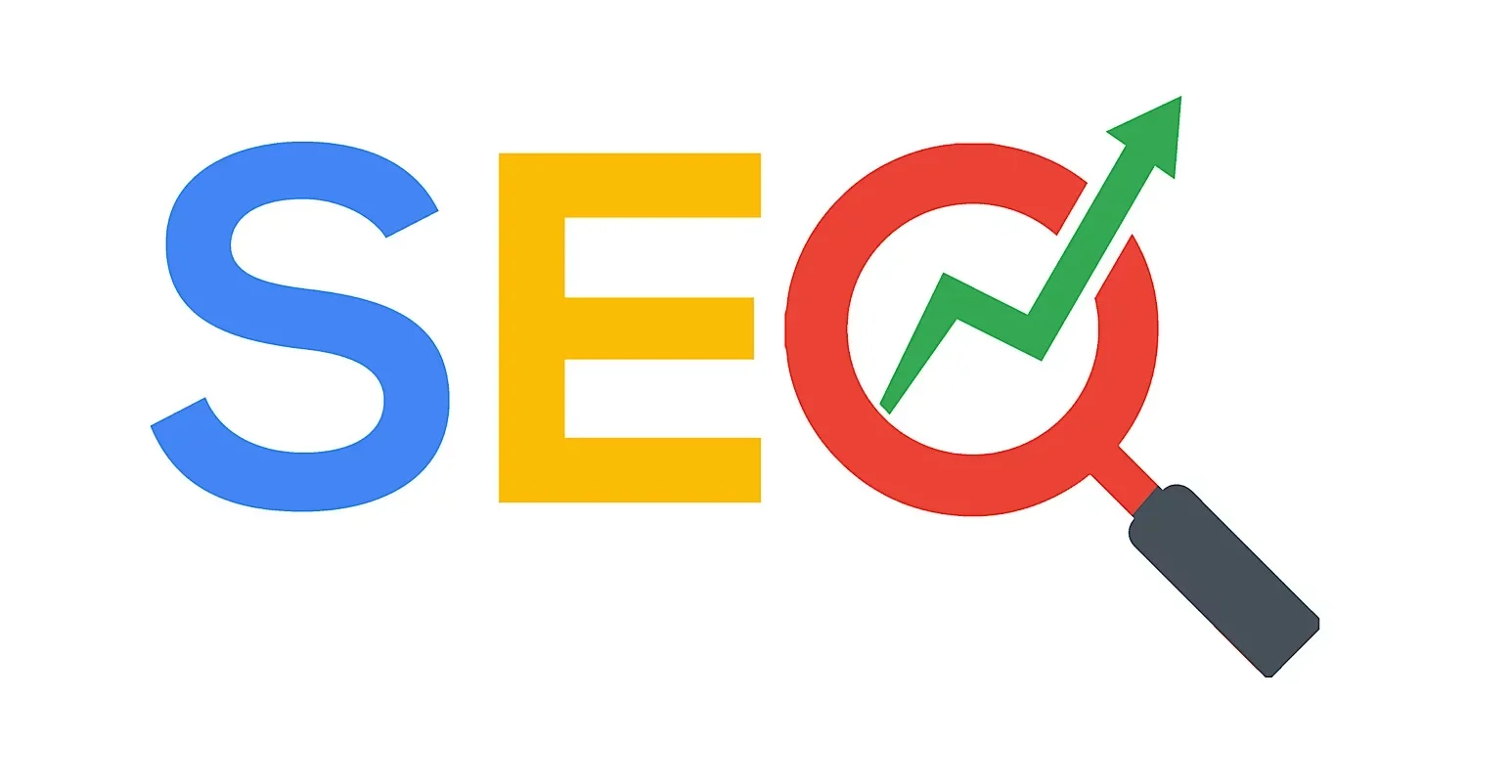The most popular myths about international SEO
There are a lot of myths and misconceptions about the subject of international SEO. Let’s first explore why international SEO is so confusing, then delve into some of the most common myths. By the end of this article, you should have a much clearer understanding of how international SEO works and how to apply the right strategies and tactics to your website. A common trend is the lack of clarity around the subject.
Why is international SEO so confusing?
There are several reasons:
Not everyone reads Google Webmaster Guidelines and clearly understands how to index and rank international content.
The instructions vary between search engines such as Bing, Yandex, Baidu and Google.
The instructions change over time, so it is difficult to keep up with the changes and adapt your strategy accordingly.
It is difficult to implement best practices on your own site. There are many technical and strategic considerations that may conflict with the needs of the company and competing priorities. This makes it difficult to test and find out which works best for your sites.
A little history
The story begins in 2006. In 2006 and 2007, the works are quite quiet. Google makes a few ads, the largest possible because webmasters can use targeting settings in webmaster tools. They also clarify some of the signals they use to detect page relevance for a particular market: ccTLDs and its IP server.
In 2009, Bing unveiled its secret solution, which includes ccTLDs, reverse IP lookup, content limitation, server location, and backlink location.
In 2010, things start to get really interesting. Google reveals some of the other cues we use to detect geo-targeting, which can have pros and cons of the main URLs you can use to set up your international sites, and offers lots of tips on what you should or shouldn’t. should not do on your site.
Then, in the fall of 2010, hreflang labels are introduced. Until then, there was no standard page-level tag telling a search engine which country or language you specifically targeted.
Initially, hreflang tags were only intended to help Google sort multi-regional pages (that is, pages in the same language that target different countries). But in 2011, Google expanded support for hreflang tags to work in languages as well. Also, during this time, Google removes the requirement to use canonical tags in combination with hreflang tags, stating that they want to simplify the process.
Then, in 2012, hreflang tags are accepted in XML sitemaps (not just on page tags). Google’s international help center is also being created, with lots of useful information for webmasters.
In 2013, the concept of the “x-default” hreflang label was introduced and we find out that Yandex also accepts hreflang tags. In the same year, Bing added geo-targeting functionality to Bing Webmaster Tools, 5 years after Google did so.
Keep in mind that Google only started in 2014, including reporting hreflang tags in the Google Webmaster Guidelines. By then, webmasters should have read about hreflang tags elsewhere to know that they exist and should be used for geo-oriented and language-oriented purposes. Hreflang labels become much more prominent after this change.
In 2015, we see improvements to ramps adapted to the local region and some clarity on the importance of server location.
All this must prove a point: the domain is optimal for optimization when it comes to global SEO.
Follow xnxx images and videos for free  ,
,  ,
,  ,
,  ,
,  ,
,  , https://xnxxyouporn.com/52999/, https://xnxxyouporn.com/57268/, https://xnxxyouporn.com/57325/, https://xnxxyouporn.com/59979/, https://xnxxyouporn.com/52907/, https://xnxxyouporn.com/69733/, https://xnxxyouporn.com/69795/.
, https://xnxxyouporn.com/52999/, https://xnxxyouporn.com/57268/, https://xnxxyouporn.com/57325/, https://xnxxyouporn.com/59979/, https://xnxxyouporn.com/52907/, https://xnxxyouporn.com/69733/, https://xnxxyouporn.com/69795/.
Now, let’s dig up some myths!
Myth no. 1: I need to have more websites to be able to occupy the position around the world.
There is a lot of talk about needing ccTLDs or separate websites for your international content. (A ccTLD is a top-level domain coded by country, the example is coded for Canada).
Myth no. 2: “The best site structure for the international ranking is _.”
There is no answer to the best structure of the international site. You can dominate using any of these options. We have seen that the websites of all site structures dominate their verticals. However, there are certain advantages and disadvantages to each, so it’s best to research your options and decide which one is best for you.
Myth no. 3: I can copy my site to ccTLDs or geo-targeted sub-folders and each will be categorized in the respective Google.
This myth refers to taking over a site, to duplicating it exactly, then to placing it on another domain, subdomain or sub-file for the purpose of geo-targeting. And when I say ‘in their google’, I mean country-specific versions of Google (like google.co.uk, where search engines in the UK usually start a search). You can duplicate your site, but it is useless. Duplication does not give you an extra boost; gives you extra cruft. It reduces your ramp access budget if you have all that content on one domain. It can be expensive and often inefficient to host your duplicate site on multiple domains. Avoid simply duplicating your site if you can. The more you can do to locate and differentiate your sites, the better.
Myth no. 4: Geographic targeting in the Search Console will be enough for search engines to understand and rank my content correctly.
The geographic orientation of your content is not enough. As we showed in the last example, if you have two pages that are exactly the same and you geologically target them in the Search Console, that doesn’t necessarily mean that those two pages will appear in the correct version of Google. Keep in mind that this doesn’t mean you should neglect geo-targeting in the Google Search Console (or Bing or Yandex Webmaster Tools) – you should definitely use these options. However, search engines use a number of different pointers to help them manage international content, and geo-targeting settings don’t override those other signals. Search engines have revealed some of the international ranking factors they use. Here are some that have been confirmed:
Myth no. 5: Why reinvent the wheel? There are multinational companies that have invested millions in research and development – you just have to copy what they do.
The problem is that large multinational companies do not always give SEO priority. They make SEO mistakes all the time. It’s a myth that you should look at top e-commerce sites to see how they structure their site – they’re not always right. Imitation may be the best form of flattery, but it should not replace careful thinking.
In addition, what multinational companies do in terms of site structure and SEO differs greatly.
Myth no. 6: Adding hreflang tags will help my multinational content rank better.
Hreflang tags are one of the most powerful tools in the international SEO toolbox. They are fundamental to a successful international SEO strategy. Instead, they intend to ensure that the correct localized page is displayed in the correct version localized by Google.
To obtain the hreflang labels correctly, you must follow the exact documentation. With hreflang, there is no margin for error. Be sure to use the correct language (ISO 639-1 format) and country codes (ISO 3166-1 Alpha 2 format) when selecting values for your hreflang labels.
Hreflang requirements:
Exact ISO codes for language and country of language
Return labels
Self-referential tags
Please enter the correct URLs
Include all URLs in a hreflang group
Use page tags or XML sitemaps, preferably not both
Use HTTP headers for PDFs, etc.
Make sure you check your Google Search Console data regularly to make sure no return tag errors or other errors are found. A return tag error is when Page A has a hreflang tag that indicates Page B, but Page B does not have a hreflang tag pointing to page A. This means that the entire hreflang association for that page group will not work, and you will see return tag errors for those pages in the Google Search Console.
So, international SEO is great for optimization – so as an SEO expert, you are in a very good position if you understand how to set up your site for international SEO success.
